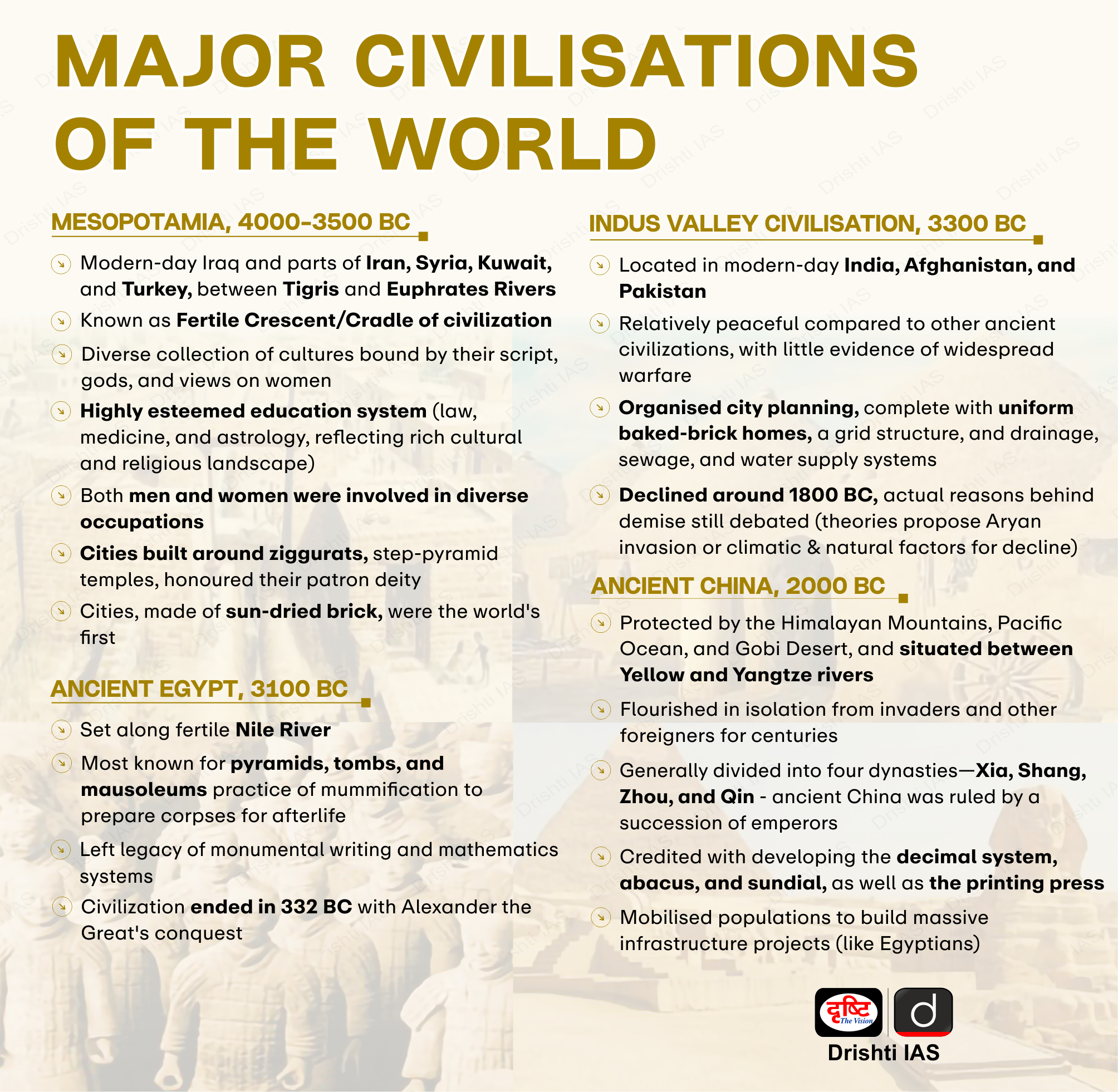Rapid Fire
4,000-year-old Temple in Peru
- 09 Jul 2024
- 2 min read
A team of archaeologists has unearthed a 4,000-year-old ceremonial temple buried in a sand dune in Zana, Lambayeque region, northern Peru, near the Pacific Ocean revealing skeletal remains that suggest offerings for ancient religious rituals.
- Skeletal remains of three adults were found within the multi-story structure. One of the remains was accompanied by offerings and possibly wrapped in linen or clothing.
- A high-relief drawing on one temple wall depicts a mythological figure with a human body and a bird's head, predating the pre-Hispanic Chavin culture.
- The Chavín civilization developed in the northern Andean highlands of Peru between 900-250 BCE. It was located in the Mosna Valley , where the Mosna and Huachecsa rivers merge. It is now a UNESCO World Heritage site (Chavin de Huantar).
- Nearby excavations revealed another temple belonging to the late Moche culture, dating back about 1,400 years.
- The Moche culture, also known as the Mochica culture, thrived on the northern coast of Peru between roughly 100 CE and 800 CE. Flourished in the river valleys along the arid north coast of Peru.
- Northern Peru is known for ancient ceremonial complexes like the Sacred City of Caral (5,000 years old).
- Peru's most prominent archaeological site is the Incan citadel Machu Picchu, built in the mid-15th century.
Read more: Discovery of Ancient Maya City





